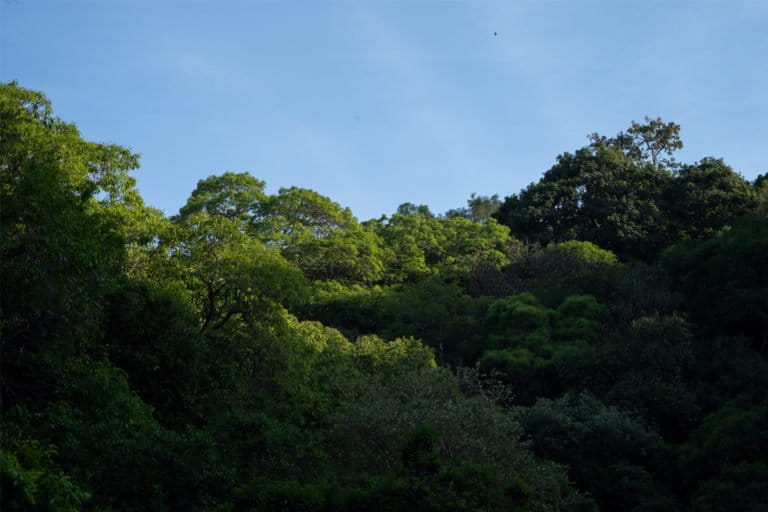This week’s environment and conservation news stories rolled into one.
To receive a weekly email with a roundup of our stories, please sign-up to our newsletter.
Women lead the way in disaster preparedness, recovery in Odisha’s Ganjam
In cyclone-prone Ganjam district in coastal Odisha, a cadre of 50 women has stepped up to lead communities in disaster preparedness.
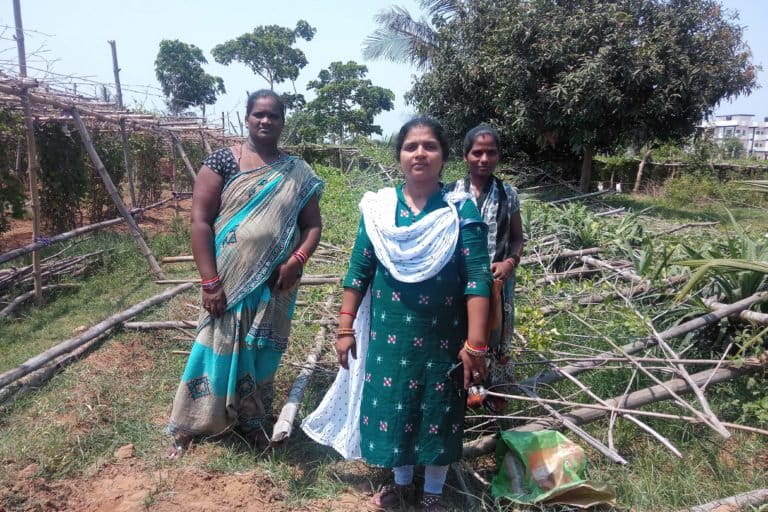
Mental well-being takes a hit post-cyclone Fani
A team of mental health professionals has identified mental health conditions and the pockets in Fani-affected districts that require urgent attention.

Low carbon growth: A mirage or a target well in sight?
Indian companies are stepping up their efforts to adopt low carbon growth. Policy and technological challenges however, need to be addressed.

Environment Explained: What is seagrass?
Seagrasses are flowering plants that grow under water along coastlines on all continents except Antarctica. Read our explainer for a deep dive into undersea meadows.

Female seagrass flowers uncoil to reach pollen in an undersea saga
A recent study has documented elaborate behaviour during pollination in the seagrass, Enhalus acoroides.

The invisible victims of drought-hit Kutch
Drought in Kutch has hit pastoral communities hard. While cattle and buffalo owners have got subsidised fodder, sheep, goat and camel owners have got no such relief.
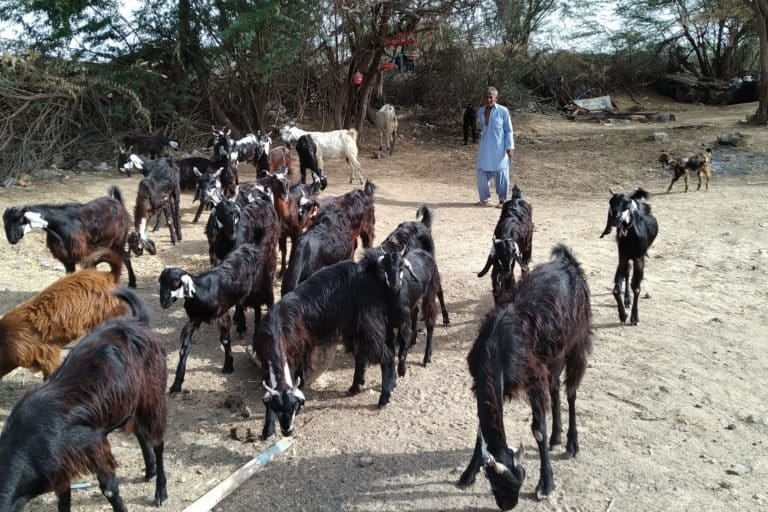
Will one single water ministry solve India’s water woes?
The new Jal Shakti ministry would focus on issues like cleaning of rivers, ensuring piped water supply to all households, access to safe drinking water and river interlinking.

Communities join hands to keep alive the hoolock gibbon’s song
A mixed bag of strategies, deeply informed by local realities, are already working towards the conservation of western and eastern hoolock gibbons in India.
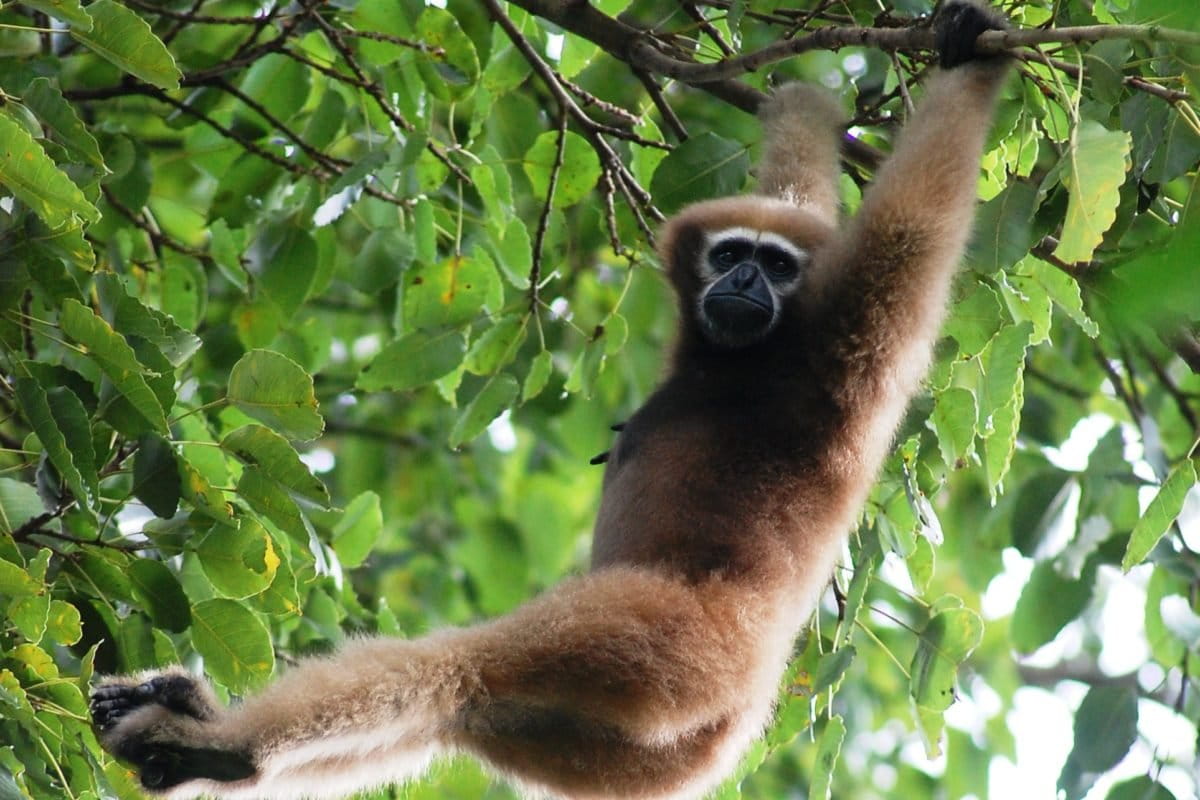
[Photos] Mining in Kodingamali impacts indigenous community
Water pollution, air pollution, damage to building structures are some of the issues faced by the residents due to mining activities.
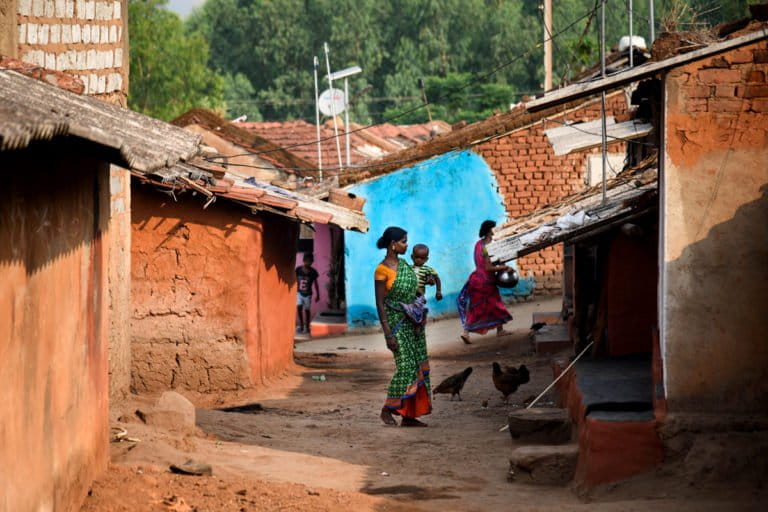
[Commentary] The need for Legislative Impact Assessments in India
In this commentary, Balakrishna Pisupati talks of the need for developing a Legislative Impact Assessment (LIA) framework to help mitigate some of the challenges in law-making and implementation in India.
